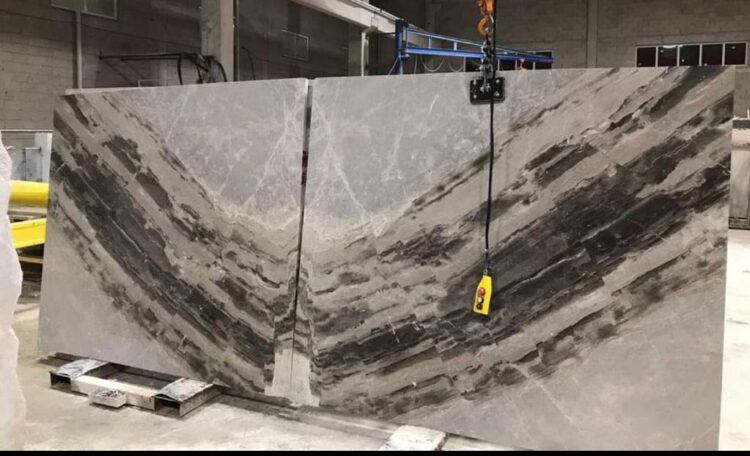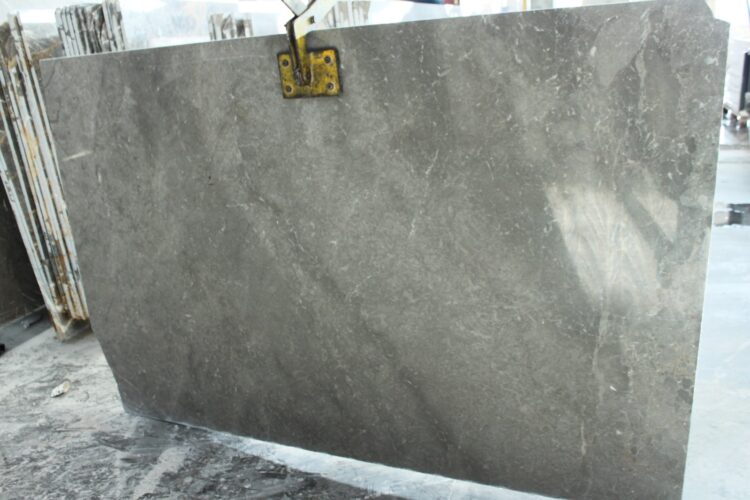Shah Jahan’s love for Mumtaz Mahal was a true love story. It was a love so strong that it inspired him to create one of the most beautiful buildings in the world. The Taj Mahal is a marble mausoleum in Agra, India. It was built by the Mughal emperor Shah Jahan in memory of his third wife Mumtaz Mahal. Construction began in 1632 and took 22 years to complete. The Taj Mahal is considered one of the most beautiful buildings in the world and is a UNESCO World Heritage Site.
The Taj Mahal is a magnificent monument-tomb in Agra and is considered a wonder of the world. Mumtaz Mahal was Shah Jahan’s favorite wife and although he had 14 children, his love for her never wavered. In 1631, when Mumtaz Mahal died in childbirth, Shah Jahan was deeply saddened and created this enchanting structure to express his love, affection and longing for her. Many artists, craftsmen and workers from all over the world took part in the construction of the Taj Mahal, which began in 1632. White marble was chosen as the main construction material and was brought from the Makrana quarry in Rajasthan. The transportation of marble is a difficult process because it has to be handled carefully due to its weight. Around 20,000 workers worked on the Taj Mahal, which took around 22 years to complete.
White marble
The Taj Mahal is an adventure in itself. A journey through time and space. A journey to a place where love, beauty and craftsmanship came together to create something truly special. The marble adventure of the Taj Mahal began with the selection of marble. The best marble in India was found in Makrana, Rajasthan. Makrana marble is known for its high quality and purity. This is why it has lasted for centuries. White marble is a metamorphic rock formed when limestone is exposed to heat and pressure. It is composed of calcite, a mineral composed of calcium carbonate. White marble is valued for its beauty, strength and versatility. The marble was used by a fleet of elephants to transport it to Agra. The elephants traveled more than 200 miles to reach Agra. Once in Agra, the marble was cut and shaped by skilled craftsmen. The artisans used a variety of hand tools, including chisels, saws and drills. They worked for years to create the intricate designs that adorn the Taj Mahal. The Taj Mahal is made of white marble, but it is also inlaid with precious and semi-precious stones. These stones include jasper, jade, crystal, turquoise, lapis lazuli, sapphire and carnelian. The stones were brought to India from all over Asia.
A perfect union
The Taj Mahal is one of the most magnificent buildings in the world. It symbolizes Shah Jahan’s love for his wife Mumtaz Mahal. It is also a testament to the skill and craftsmanship of the people who built it. The intricate details and exquisite carvings on the marble surface are one of the highlights of the Taj Mahal. The marble is adorned with various decorative elements such as inlays of precious and semi-precious stones, calligraphy, floral patterns and geometric patterns. These decorations add to the overall beauty and elegance of the monument. The use of white marble also serves a practical purpose. It helps reflect light and gives the Taj Mahal a different tone, from a soft pinkish glow in the morning to a brilliant white during the day and a golden hue in the moonlight. Designed as the tomb of Mumtaz Mahal, the Taj Mahal is considered one of the most iconic symbols of love and fidelity. This mesmerizing monument attracts millions of people from around the world and showcases an enduring story of Shah Jahan’s love for his wife Mumtaz Mahal.






















 +90 532 585 51 95
+90 532 585 51 95 +90 532 585 51 95
+90 532 585 51 95